The Victorians
A popular unit of study in Key Stage 2 has in the past been the Victorians. It is possible to continue to study the Victorians through either a local study or through a unit of study beyond 1066, although the emphasis now shifts to the Victorians representing a turning point. Given that so much reform and industrial change took place during this period, turning points are not difficult to find. In this section, you will find articles and resources to help you to plan to teach the Victorian period as a turning point.
Sort by:
Date (Newest first) | Title A-Z
Show:
All |
Articles |
Podcasts |
Multipage Articles
-
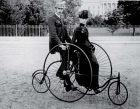
Riding along on my pushbike… exploring transport in EYFS
ArticleClick to view -

Scheme of Work: Thematic study - Education
ArticleClick to view -

Scheme of work: George Stephenson and the development of railways
ArticleClick to view -

Scheme of work: Significant historical events, people and places in their own locality
ArticleClick to view -
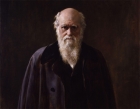
Significant Individuals: Charles Darwin
ArticleClick to view -

Sporting legacy: the history of endeavour
ArticleClick to view -

Stories to extend and support the study of life in Victorian Times
ArticleClick to view -
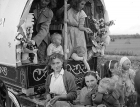
Teaching Gypsy, Roma and Traveller history
ArticleClick to view -
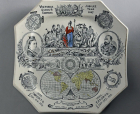
Teaching the British Empire in primary history
ArticleClick to view -

The Great Exhibition
ArticleClick to view -

The Great Exhibition of 1851: teaching a significant event at Key Stage 1
ArticleClick to view -
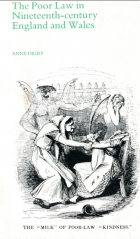
The Poor Law in Nineteenth-century England and Wales
ArticleClick to view -
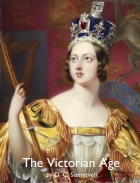
The Victorian Age
ArticleClick to view -
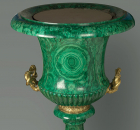
The back cover image: Malachite Urn
ArticleClick to view -

Three first-class ladies – teaching significant individuals in Key Stage 1
ArticleClick to view -

Using cemeteries as a local history resource
ArticleClick to view -

Using different sources to bring a topic to life: The Rebecca Riots
ArticleClick to view -

Using the back cover image: Exploring the collections of Victorian naturalists
ArticleClick to view -

Using the back cover image: Moustache cup
ArticleClick to view -
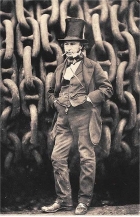
Victorian Britain - Lessons
ArticleClick to view

